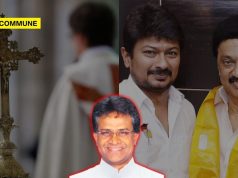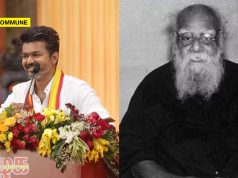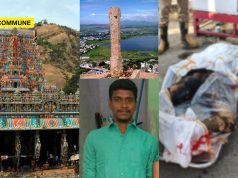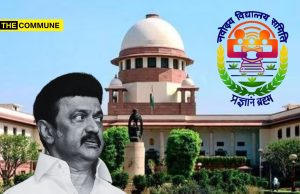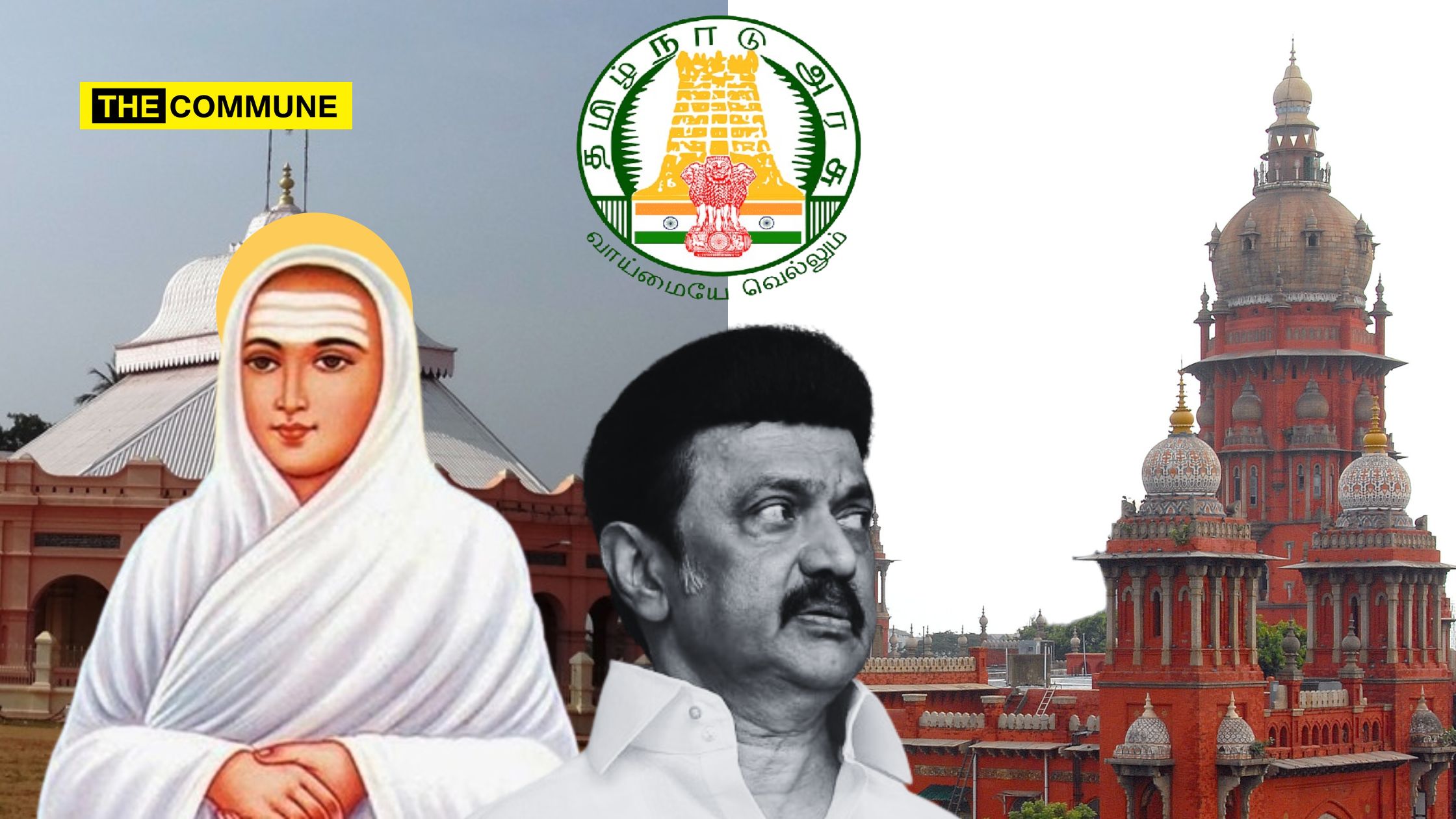
The Madras High Court’s top bench, led by Chief Justice S V Gangapurwala and Justice J Sathya Narayana Prasad, instructed the Tamil Nadu government to furnish a report prepared by a group of archaeological specialists concerning the proposed site for the Vallalar International Centre in Vadalur.
During the hearing of a petition urging the state government to abandon its plans to construct the center at the Peruveli grounds near the Sathya Gnana Sabha, the state government, represented by advocate general PS Raman, provided details on the amenities slated for development at the center, as mandated by the court in the previous session.
The state asserted that an official from the archaeology department had already surveyed the location and only the remains of the 17th and 18th-century surrounding wall have been found and no construction has taken place in that area, guaranteeing that any structures of archaeological significance discovered during construction would be safeguarded.
Nonetheless, the Chief Justice suggested that it would be prudent for a panel of archaeological experts to evaluate the site and present a report, directing the government accordingly. In response, the state committed to forming a team of three experts to conduct the assessment. Additionally, the bench transferred the case to the special bench comprising Justices Mahadevan and Adikesalu, handling temple-related matters.
The controversy surrounding the establishment of the Vallalar International Centre in Vadalur, allocating a budget of ₹100 crores for the project has sparked protests and legal battles. The Tamil Nadu government’s decision to proceed with construction despite opposition has led to demonstrations, arrests, and demands from residents of Parvathipuram. They argue that the proposed site, adjacent to the sacred Vallalar Deity, holds religious and cultural significance and should be preserved. Despite their efforts, construction continues, prompting renewed protests and calls for legal action. The ongoing dispute highlights tensions between development initiatives and the preservation of religious heritage, underscoring the complex interplay of politics, religion, and community interests in the region.
In this regard, the Hindu Munnani has issued a statement via their official X handle, expressing their welcome from the Honorable Madras High Court, “According to the report, a wall was built during the 17th and 18th centuries when the Archeology Department examined the site of Vallalar Peruveli. Meanwhile, while a petition was filed in the Madras High Court that the construction work should not continue at the Vadalur Vallalar Sathya Gnanasabai Peruveli site and that the construction work should be banned, the High Court Judges, who accepted the petition, said that the construction work should not continue at the Vallalar Peruveli site and that the Hindu Charitable Endowments Department and the Department of Archaeology should inspect the Vallalar Peruveli site. The Hindu Munnani welcomes the order of the Chief Justice that the archaeology department should form a three-member committee to protect the ancient buildings and submit its report to the court.
This is a victory for the continuous struggle of the people and the Hindu Munnani. The Dravidian model gambled away the life of the Sanathana Dharma, again the Sanathana Dharma has won through the court injunction.”
வள்ளலார் பெருவெளி இடத்தை தொல்லியல் துறை ஆய்வு செய்ததில் 17-ம் மற்றும் 18-ம் நூற்றாண்டுகளில் கட்டப்பட்ட மதில் சுவர் இருப்பதாக ஆய்வறிக்கையில் கூறப்பட்டுள்ளது.
இதற்கிடையில் வடலூர் வள்ளலார் சத்திய ஞானசபை பெருவெளி இடத்தில் கட்டுமான பணி தொடரக்கூடாது, கட்டுமான பணிக்கு தடை விதிக்க… pic.twitter.com/sdTnxIbARE
— Hindu Munnani (@hindumunnani_tn) April 24, 2024
Subscribe to our channels on Telegram, WhatsApp, and Instagram and get the best stories of the day delivered to you personally.

